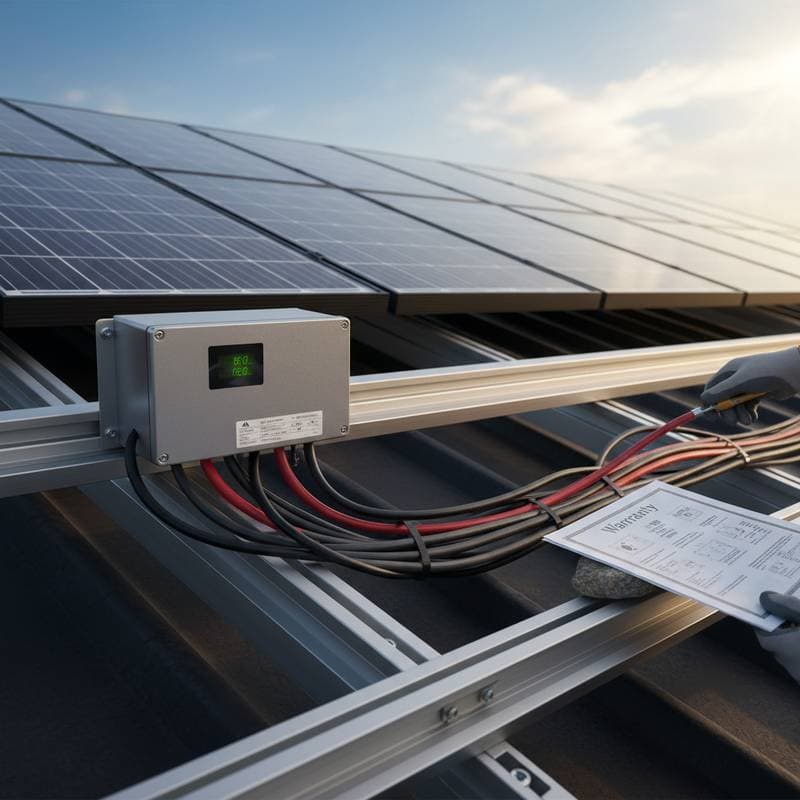Overview of 2025 Home Warranty Rules for Landlords
Rental property owners now navigate updated home warranty requirements that prioritize tenant safety and property integrity. These rules, effective in 2025, mandate specific coverages for essential systems and appliances to reduce disputes and maintenance liabilities. Landlords benefit from clearer guidelines that promote proactive management while minimizing unexpected expenses.
The regulations stem from broader efforts to standardize protections in the rental market. Previously optional warranties become integral for multi-unit operations, ensuring appliances and structural elements receive timely repairs. Compliance fosters trust with tenants and aligns with legal standards, avoiding penalties that could reach thousands in fines.
Key Changes in Coverage Requirements
Under the new rules, landlords must secure warranties that address common rental wear and tear. Core systems like heating, ventilation, air conditioning, plumbing, and electrical receive explicit protection. Coverage extends to major appliances such as refrigerators, ovens, and dishwashers, provided they meet age and condition criteria set by insurers.
Tenant-induced damages fall outside standard coverage, but policies now require clearer delineations to prevent misunderstandings. Landlords submit evidence of pre-lease inspections to validate claims. Structural elements, including roofs and foundations, qualify for limited warranties if deterioration results from covered perils rather than neglect.
These mandates apply to all residential rentals, from single-family homes to apartment complexes. Exemptions exist for short-term vacation properties, but long-term leases demand full adherence. Insurers offer tailored plans for portfolios, allowing bulk discounts for properties exceeding ten units.
Essential Policy Terms and Definitions
Familiarity with warranty terminology ensures landlords select appropriate plans. The following terms appear frequently in 2025 policies:
- Service call fee: The out-of-pocket charge each time a technician is dispatched.
- System inspection: A check of major components before coverage begins or renews.
- Tenant access clause: Policy language defining how contractors may enter occupied units.
- Transfer fee: The cost to move a warranty to a new owner.
Additional concepts include aggregate limits, which cap total payouts per term, and exclusions for pre-existing conditions identified during initial assessments. Landlords review these elements during policy selection to align with property needs.
Cost Management and Financial Implications
Annual premiums for compliant warranties vary based on property size, location, and coverage scope, generally falling between $500 and $1,200. Urban rentals incur higher rates due to increased service demands, while rural properties benefit from lower fees. Service call charges, often $75 to $125 per visit, add to operational costs but prevent larger repair bills.
Landlords offset expenses through deductible options and multi-property bundling. Regular maintenance reduces claim frequency, potentially qualifying owners for premium reductions of up to 15 percent. Budgeting involves forecasting based on unit count; for example, a ten-unit building might allocate $6,000 yearly for comprehensive protection.
Insurers provide cost calculators online, factoring in regional risks like flooding or seismic activity. Landlords compare quotes from at least three providers to secure optimal value without sacrificing coverage breadth.
Steps for Achieving Compliance
Landlords initiate compliance by auditing current warranties against 2025 standards. Review documents for rental endorsements, ensuring policies explicitly support tenant occupancy. Schedule system inspections within the first quarter of the year to establish baseline conditions.
Next, update tenant leases with warranty disclosures, outlining covered items and claim responsibilities. Provide written notices of access protocols to respect privacy while facilitating repairs. Maintain digital records of all interactions, including photos of pre- and post-repair states, to substantiate future claims.
Engage licensed contractors approved by the insurer to avoid voided coverage. For complex portfolios, consult property managers experienced in regulatory shifts. Annual renewals offer opportunities to adjust terms, incorporating lessons from prior claims.
Tenant Disclosures and Claim Procedures
Effective communication forms the cornerstone of warranty success. Landlords furnish tenants with policy summaries at lease signing, highlighting covered systems and reporting protocols. Tenants report issues promptly via designated channels, typically within 48 hours, to initiate service.
Claims follow a structured process: submission of details, insurer verification, and dispatcher assignment. Delays arise from incomplete documentation, so landlords train tenants on required information like issue descriptions and unit access codes. Successful claims resolve within seven to ten days, restoring functionality swiftly.
Disputes over denials prompt appeals with supporting evidence. Landlords track patterns to refine policies, ensuring repeated issues receive preventive attention.
Protecting Your Rental Investments Long-Term
Adopting these warranty rules safeguards assets against depreciation and legal challenges. Proactive landlords experience fewer vacancies, as reliable maintenance enhances tenant retention. Over time, compliant properties appreciate in value, attracting premium rents and informed buyers.
Invest in ongoing education through industry webinars and updates from regulatory bodies. Partner with insurers offering advisory services to stay ahead of amendments. Ultimately, these measures transform warranties from costs into strategic tools for sustainable rental operations.



